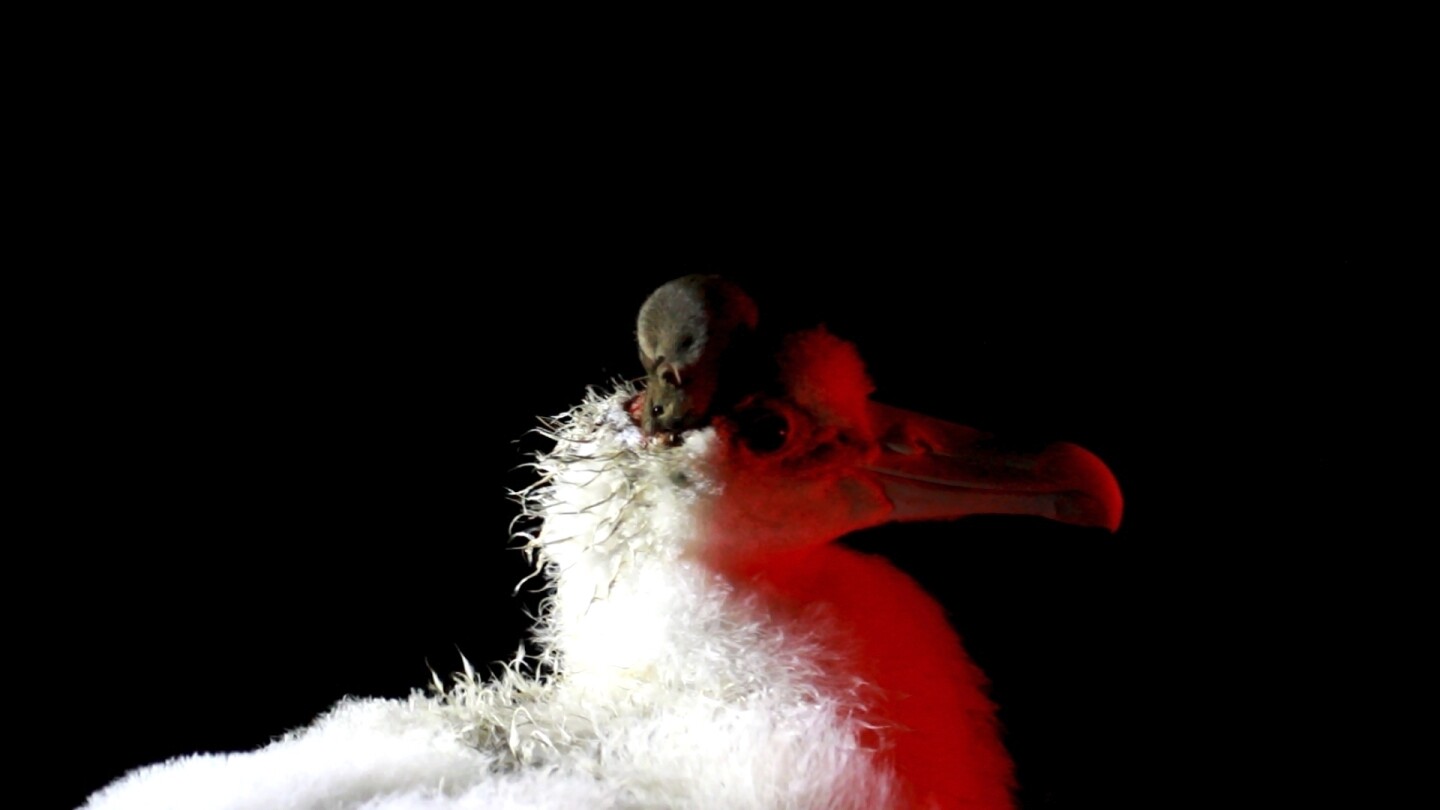Mice accidentally introduced to a remote island near Antarctica 200 years ago are breeding out of control because of climate change, and they are eating seabirds and causing major harm in a special nature reserve with “unique biodiversity.”
Now conservationists are planning a mass extermination using helicopters and hundreds of tons of rodent poison, which needs to be dropped over every part of Marion Island’s 115 square miles (297 square kilometers) to ensure success.
If even one pregnant mouse survives, their prolific breeding ability means it may have all been for nothing.
The Mouse-Free Marion project — pest control on a grand scale — is seen as critical for the ecology of the uninhabited South African territory and the wider Southern Ocean. It would be the largest eradication of its kind if it succeeds.
A single mouse will feed on a bird several times its size. Conservationists snapped a photo of one perched on the bloodied head of a wandering albatross chick. […] He said the birds have not developed the defense mechanisms to protect themselves against these unfamiliar predators and often sit there while mice nibble away at them. Sometimes multiple mice swarm over a bird.
Holy crap. Renewed fear of mice activated. I hope their plan goes as well as they’re planning. There’s no good solution here.
deleted by creator
Mass extermination, from the sounds of it.
Ummmm… So they’re going to dump hundreds of tons of poison into an Island?? Where the fuck do they think that’s going to end up??
This solution seems worse than the problem.
Not educated on the specific poison, but many poisons are only poisonous to anything, at a certain concentration. If the chemical is well understood, the aquatic risks could be very low





